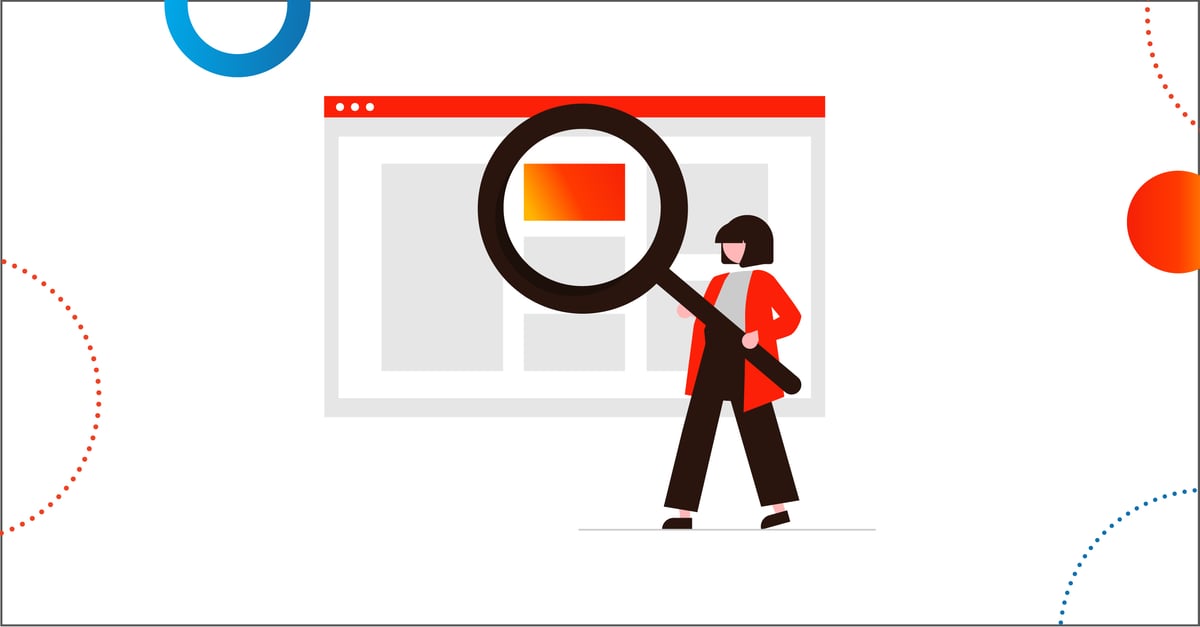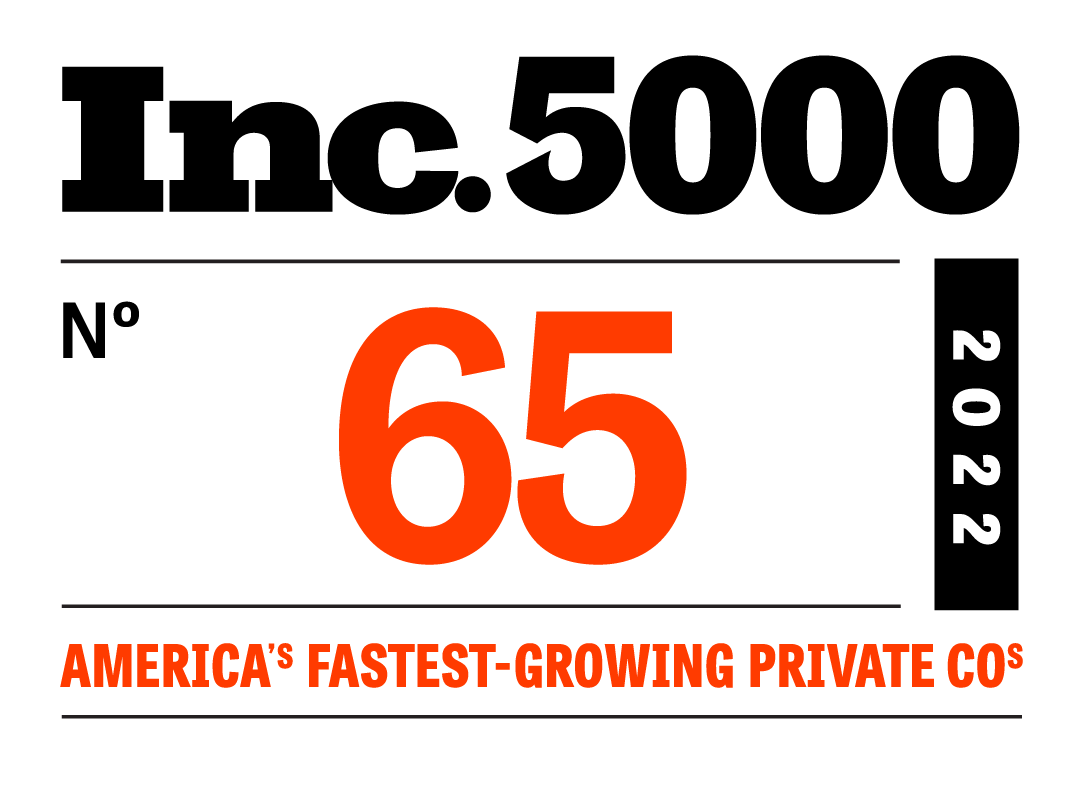
With Small Business Week quickly approaching, the marketing departments at banks and credit unions across the country are kicking into high gear.
From events at local chambers of commerce, to special promotions for opening a new deposit account, Small Business Week is one of the biggest marketing events of the year in banking.
But a week that was once dominated by in-person events, has—like most in-person activities—been derailed by COVID over the last two years. COVID has also made everything more digital these days, from events to business banking.
Digital marketing is a new muscle for many community banks and credit unions. And, like building any new muscle, it requires a lot of varied exercise. If you don’t know where to start, it can be complicated, but once you’ve got a good regiment in place, it’s easy to build and grow.
Executing against some of these marketing tips can help you build a strong digital marketing arm in time for Small Business Week 2022.
Use search engine optimization best practices to improve online visibility to borrowers
Search engines like Google are how most people find the things they need these days, from new hairdressers to plumbers and everything in between.
It goes without saying that Google and the like are also primary starting points for business owners in search of loans, lines of credit, and other business banking products.
With that in mind, search engine optimization (or SEO for short) is the practice of ensuring the content on your website is easily visible to your target audience when they use services like Google to find you.
For example, a bank or credit union with good SEO should show up when a business searches for a product or service that bank or credit union provides.
The internet is a big place, however, and geography is important when it comes to companies with physical locations, like bank branches. Optimizing your content for local audiences is called “local SEO” and it’s what you’ll want to focus on for the fastest return on investment.
Listed below are a number of SEO tactics, both general and local, that your bank or credit union can leverage to improve online visibility with the target audience.
- Make sure your website lists your branch locations, towns or regions serviced outside of branch locations, and branch hours. Doing so ensures search engines can service this information when borrowers search for it.
- Give each business banking product or service its own web page. Doing so will help organize the information on your website for search engines like Google to understand.
- Likewise, each branch location should have its own webpage. Adding unique content to these pages, with location-specific information, can help boost each branch's visibility among searchers.
- Search Engine Results Pages, or SERPs, are the pages you land on after searching a query on a site like Google. Webpages linked on SERPs appear in order of relevance and authority. By using keywords specific to the questions your buyers are asking, or by using region-specific language in your copy, you can better target your website’s information at the specific buyers in your area. This is just one tip that can help you rank higher on a SERP, and therefore optimize your content for search engines.
- A call to action is usually a phrase or a button at the end of a piece of content that asks the reader to take an action. For example, a web page about SBA 7(a) Express loans might have a call to action to apply for such a loan. Ensuring each page that needs one has a clear and appropriate call to action will help search engines better match your webpages with the searcher’s intent. So, when someone enters the search query “apply for SBA 7(a) Express loans” Google knows to send them to the page with the CTA to apply and not an information only webpage.
- Some customers might be searching for terms like “best business loan” in a given region. In this regard, customer testimonials can be an effective way to increase visibility among your target audience. When optimized for a search engine, customer testimonials can help answer that “best” question, and provide a powerful source of authority for your financial institution.
Focus on building trust and interest through inbound marketing
Traditional marketing channels like TV and radio advertisements are what we call outbound marketing–in that the marketer needs to go outside of their business to bring in new customers.
Rather than pushing messaging out to prospective customers, inbound marketing focuses on providing customers with information they need to make more informed buying decisions, with the expectation that such information will position the business as reliable and worthy of doing business with.
Inbound marketing is often seen as a “less aggressive” marketing approach, as it hinges on letting customers come to you. In the digital age, inbound marketing is largely dependent on SEO, and is why the two are often seen as two sides of the same coin.
By leveraging the insights and expertise of your bankers to create compelling and helpful online content, your institution can position itself as a voice of authority and a trustworthy lender.
For an example of inbound marketing, consider HarborOne Bank’s SBA loan checklist. This checklist is a resource for any borrower that might be interested in getting an SBA loan and will help them determine if it’s appropriate for their needs. A potential borrower that lands on this page and consumes this content will be left understanding that HarborOne can provide them with this loan, that HarborOne cares that they receive the right loan, and what loans they might want to consider instead. Ultimately, it will give HarborOne a better shot at converting this prospect vs a competitor that lacks this helpful resource.
Use email marketing to grow new and existing relationships
Email marketing is one of the most effective tools banks and credit unions have at their disposal. In fact, companies in the financial services space had an average open rate of 25 percent in 2020, underlying borrowers’ high engagement rates.
Through this marketing channel, financial institutions can target both new and existing customers, directing their attention to product offerings that will help you establish or expand relationships.
Understanding the strategic importance of email marketing, many modern loan origination systems like Numerated allow users to export lists of existing customers—using specific criteria such as credit scores and NAICS codes—that make building targeted lists easy.
These lists can then be used to market new products or services, provide important information to customers, and position your institution as a partner to community businesses.
Email marketing can also be used to nurture leads over time, turning cold prospects into long-term customers. Email nurture campaigns like these, are a series of emails delivered over a period of time that build upon different messages and help inform customers on why doing business with your institution is best.
If you have marketing automation tools, like HubSpot for example, your institution can take these email nurture campaigns a step further by sending emails to targeted segments of your customers based on how they’ve engaged with your website. For example, if they visited your CRE loan page, a marketing automation tool can help you automatically add them to an email campaign promoting CRE products and the benefits your institution offers to businesses with that need.
Cross-selling existing clients is also a key function of email marketing. Existing customers are much more likely to open additional accounts with their primary bank or credit union, so it’s important to make sure business deposit account holders are aware of your commercial lending offers. Sending them periodic emails, for example, or a campaign with cross-selling information, offers of free in-branch consultations, special events, and other relevant opportunities, can help turn passive interest into active conversations.
While these three tips are far from all encompassing, they’re essential because they’re the basic building blocks of a digital marketing strategy in the 21st century.
But as business borrowers’ expectation shift in a world made more digital by two years of a pandemic, banks and credit unions will need more than a digital marketing strategy to win business relationships and grow. They’ll need to make it as easy to get business loans as it is to learn about them, the kind of digital convenience that only a modern loan origination system can provide.
Learn more about how Numerated is helping banks and credit unions win on experience, efficiency, and ease of use, by watching our 2022 product roadmap webinar or reading our recent case study, today.






